This summer of my PhD research has mostly been spent traveling to various sites around the Wellington region surveying transects for lizards. Here’s some pictures that summarize the adventures had.
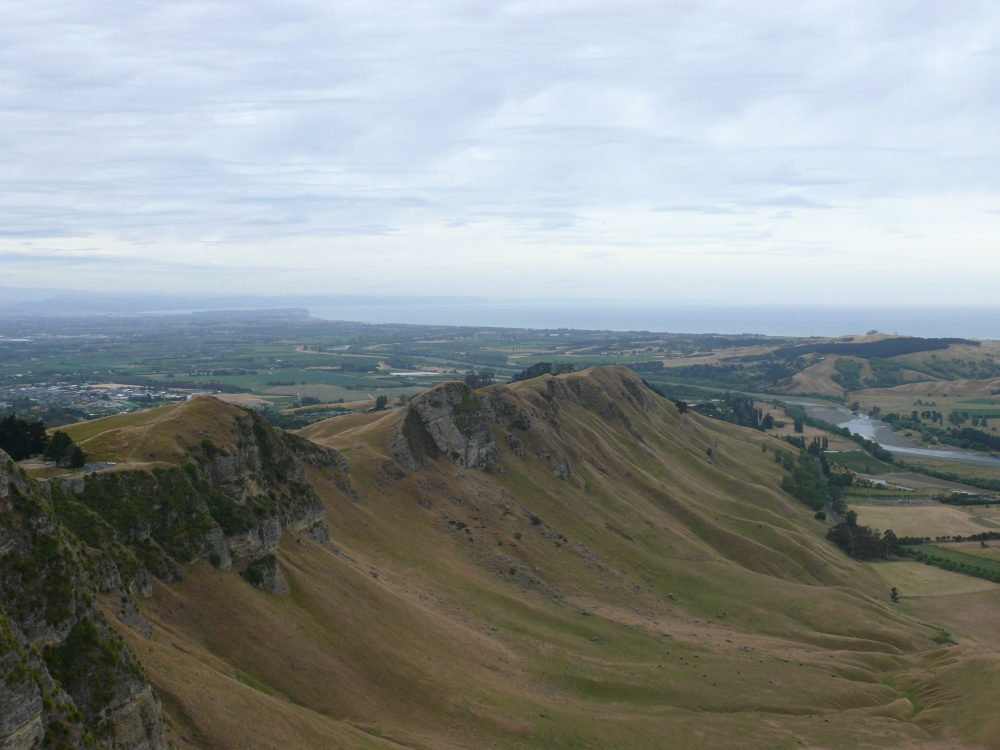

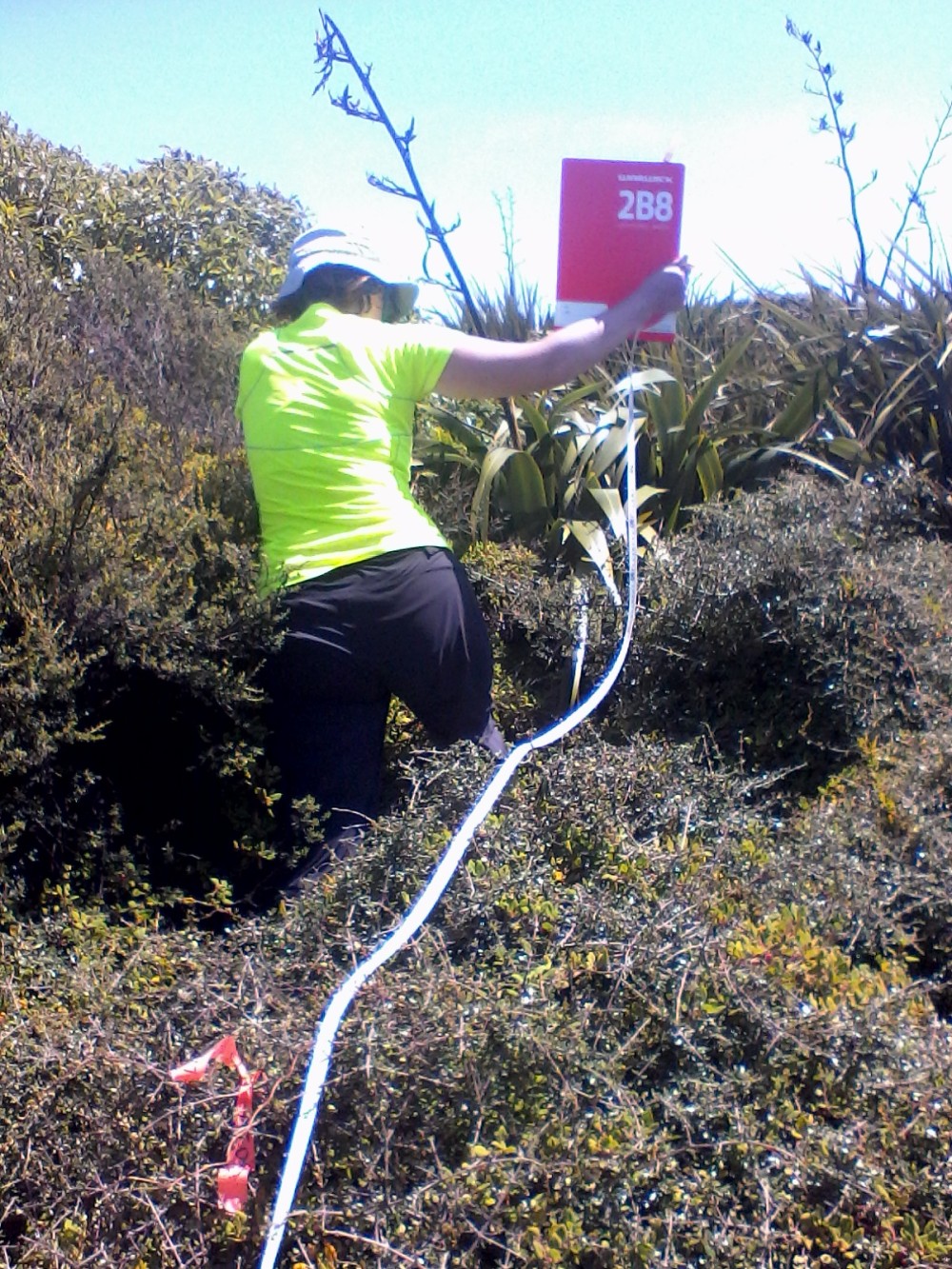
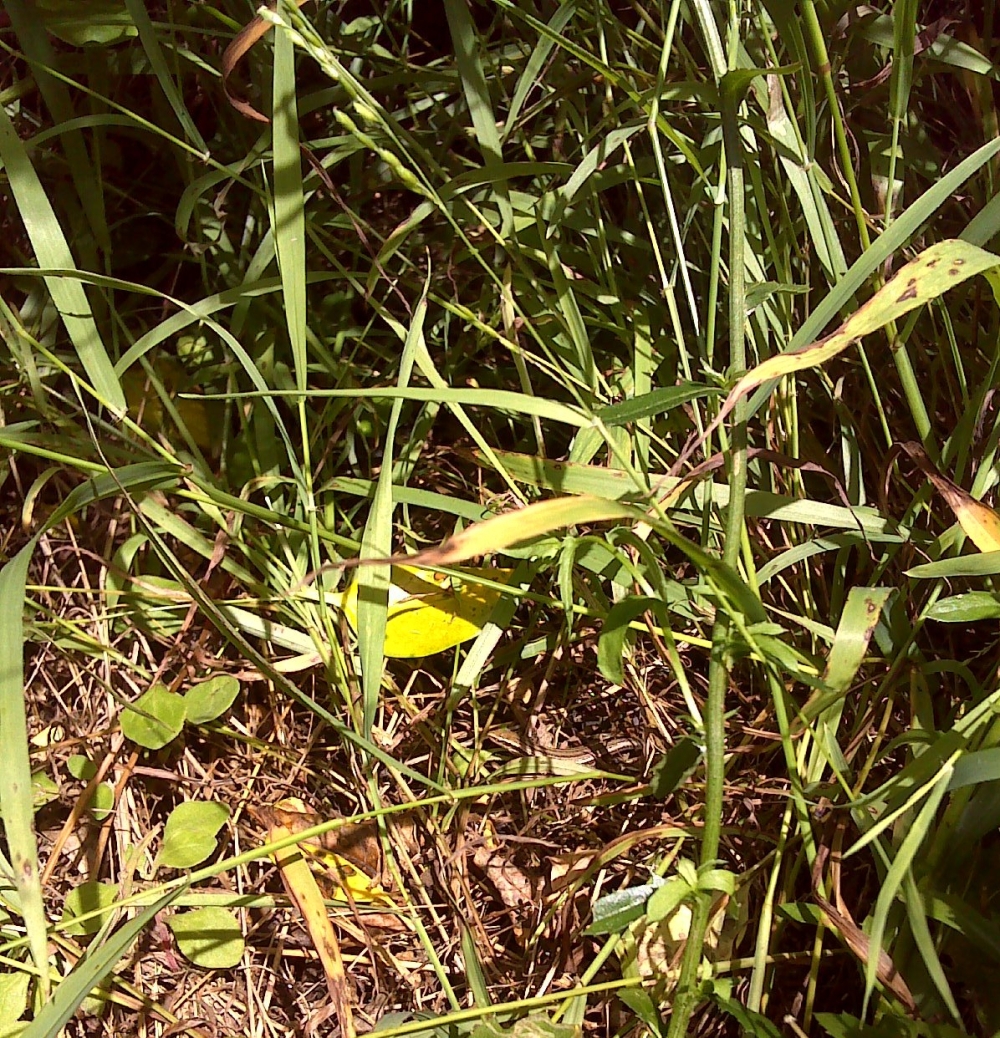
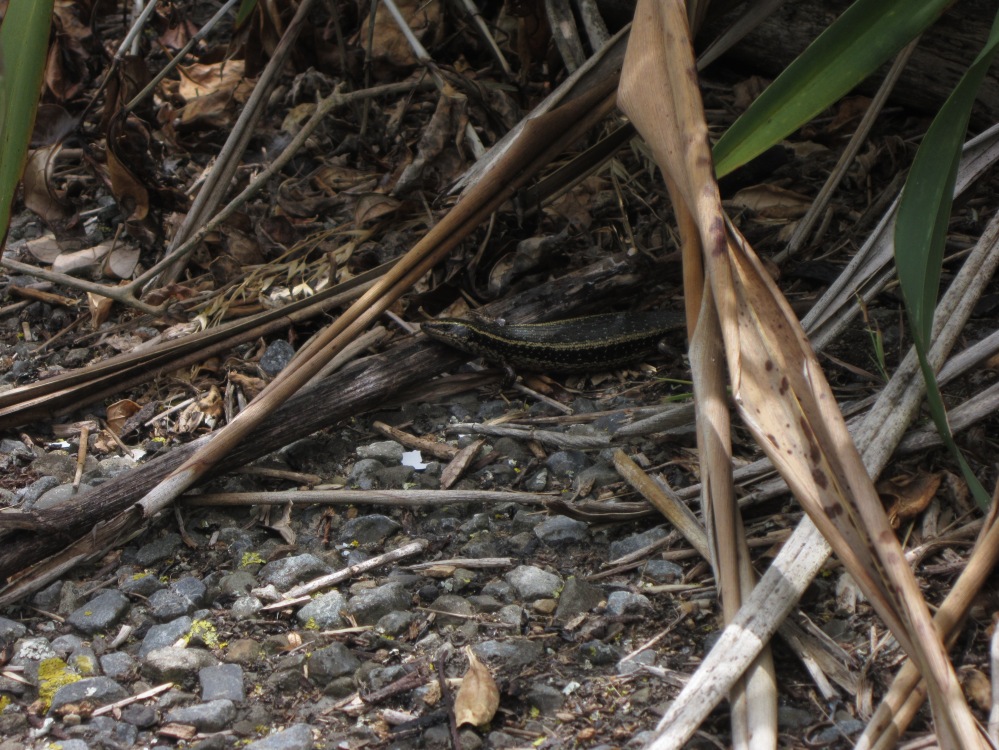
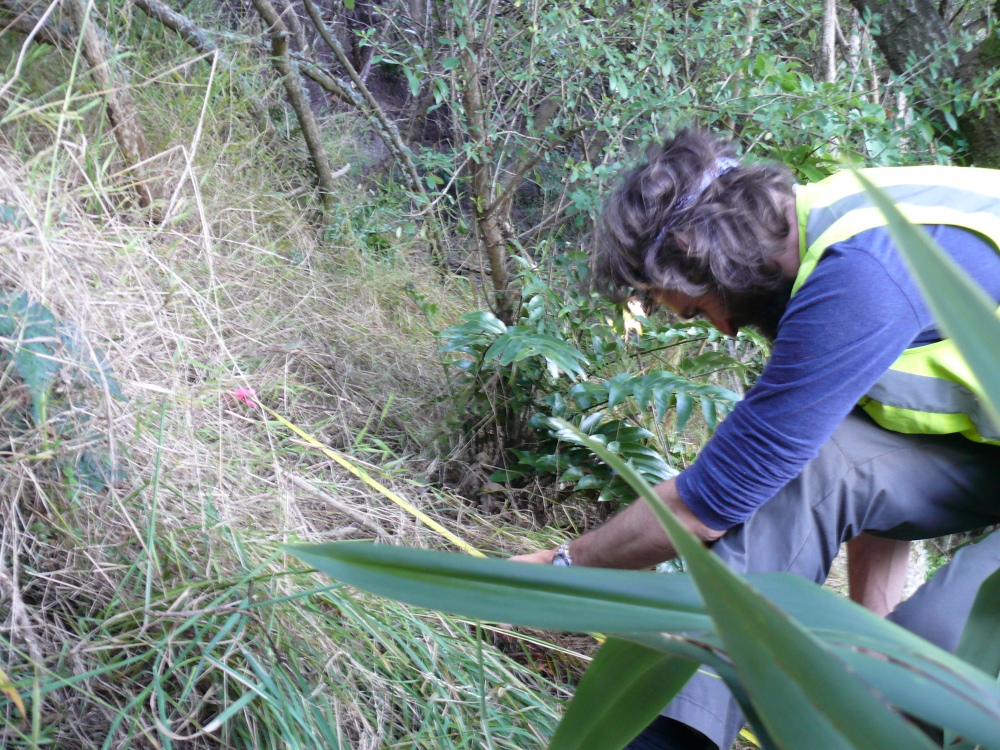
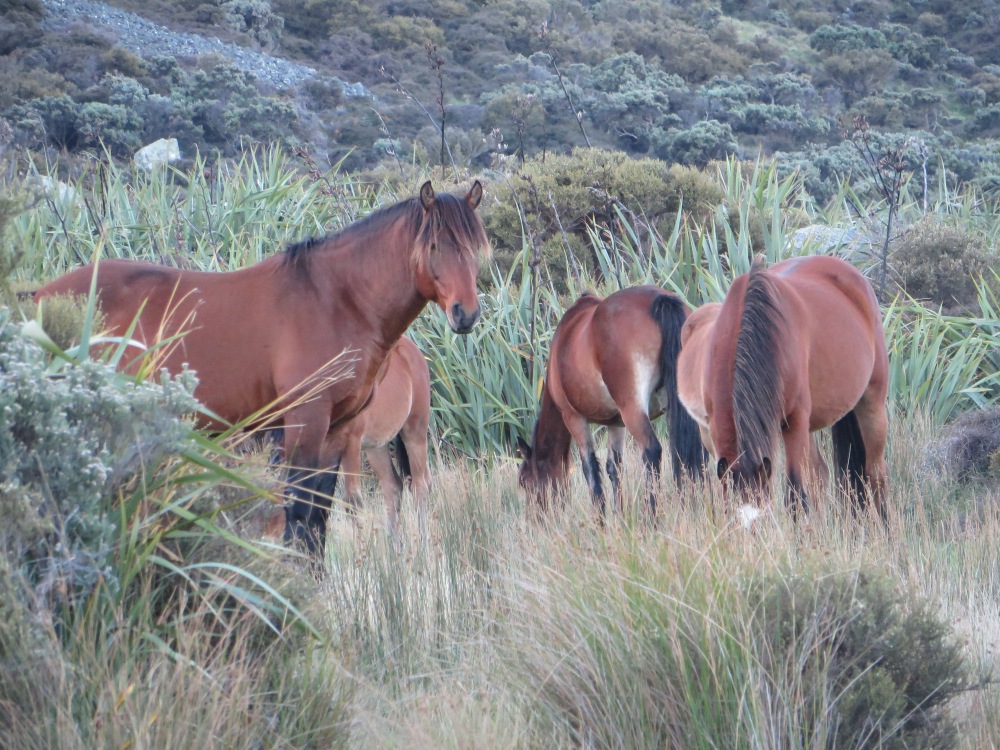
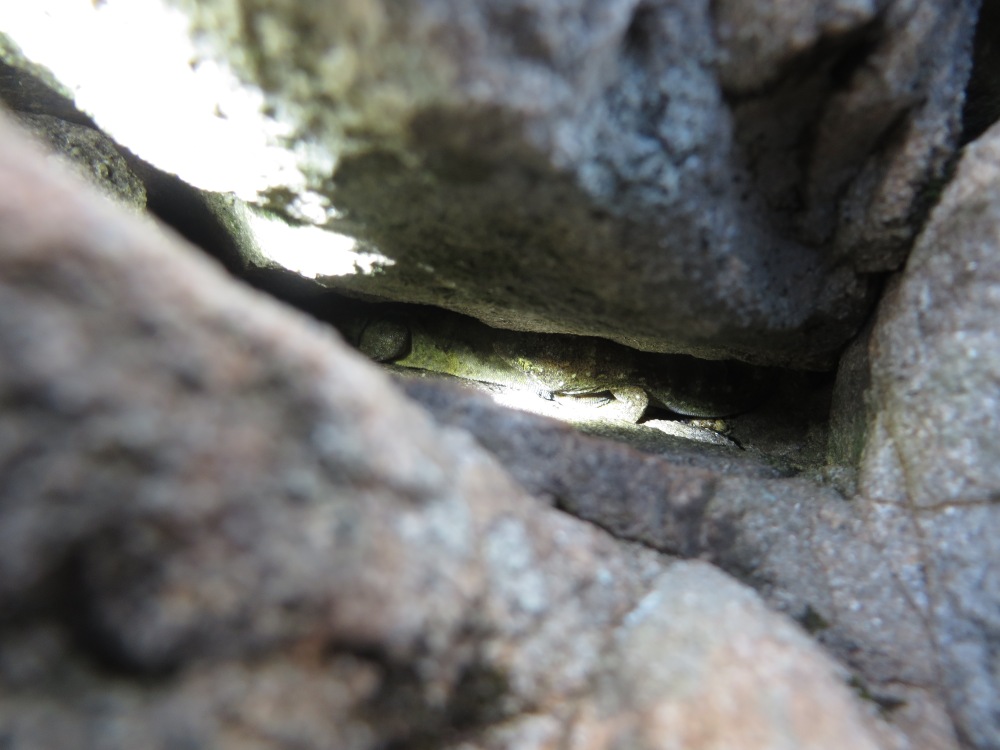
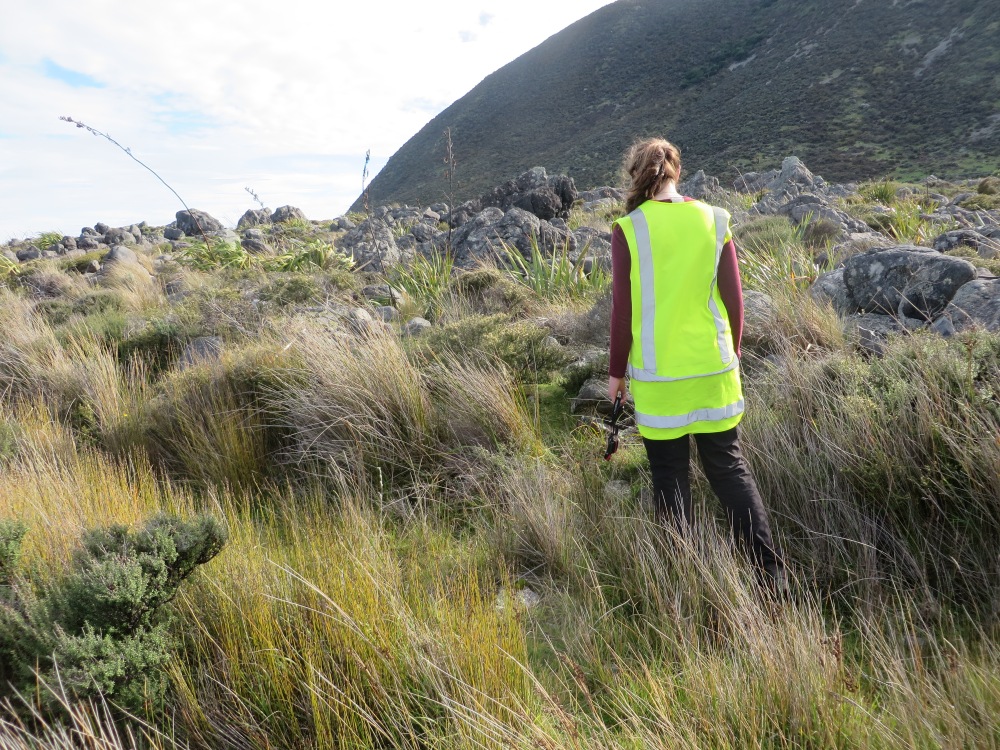
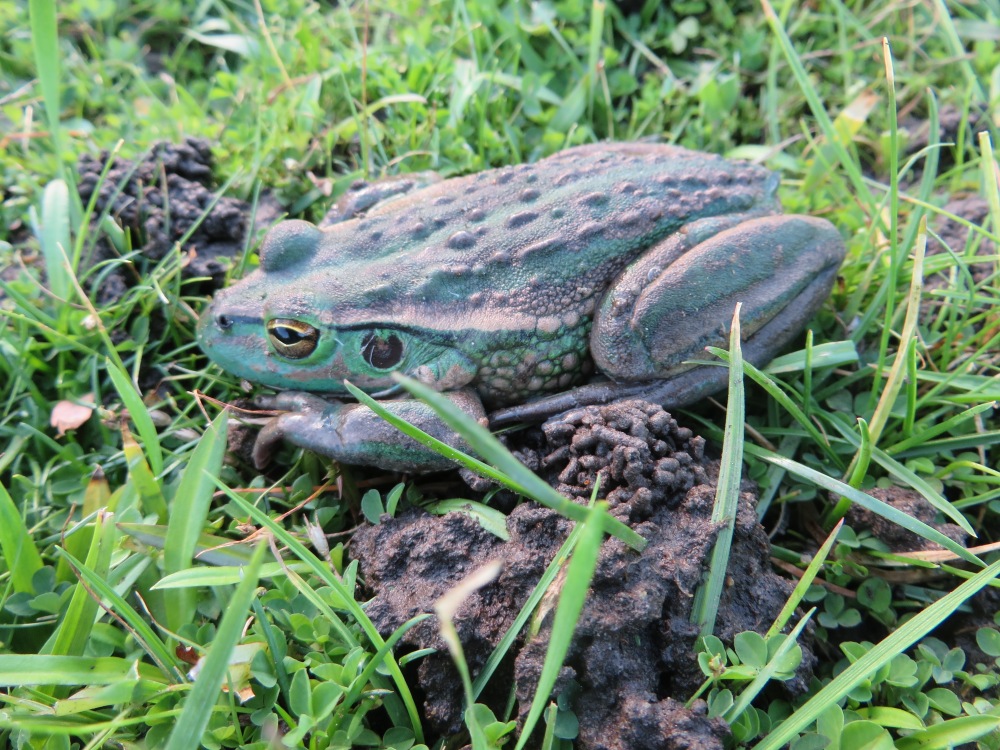
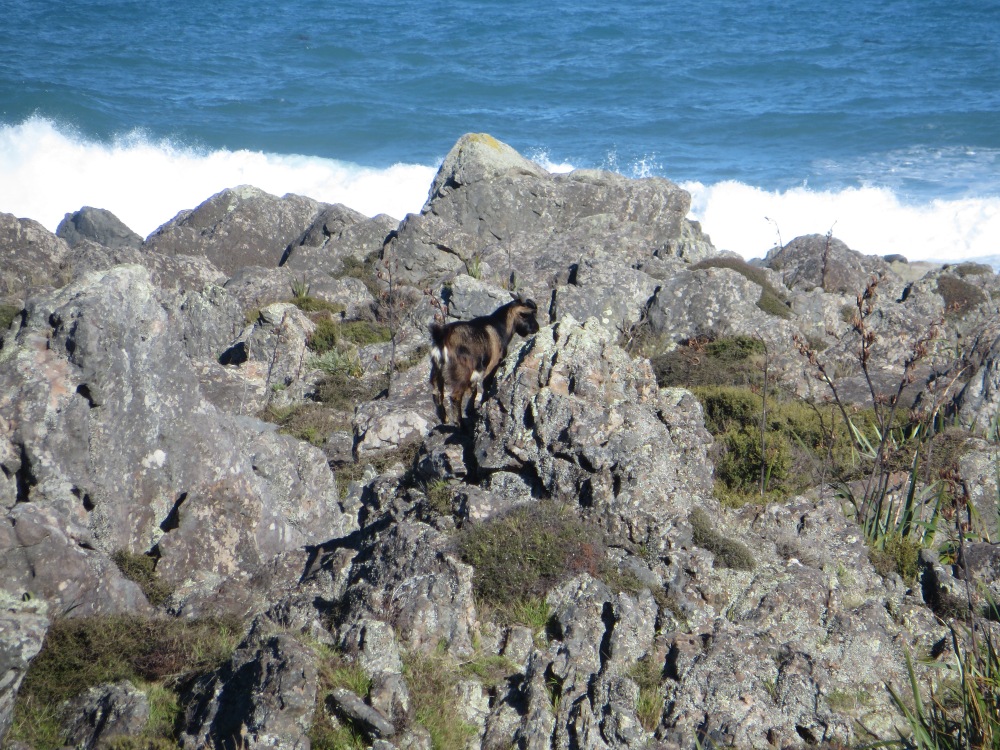
This summer of my PhD research has mostly been spent traveling to various sites around the Wellington region surveying transects for lizards. Here’s some pictures that summarize the adventures had.










